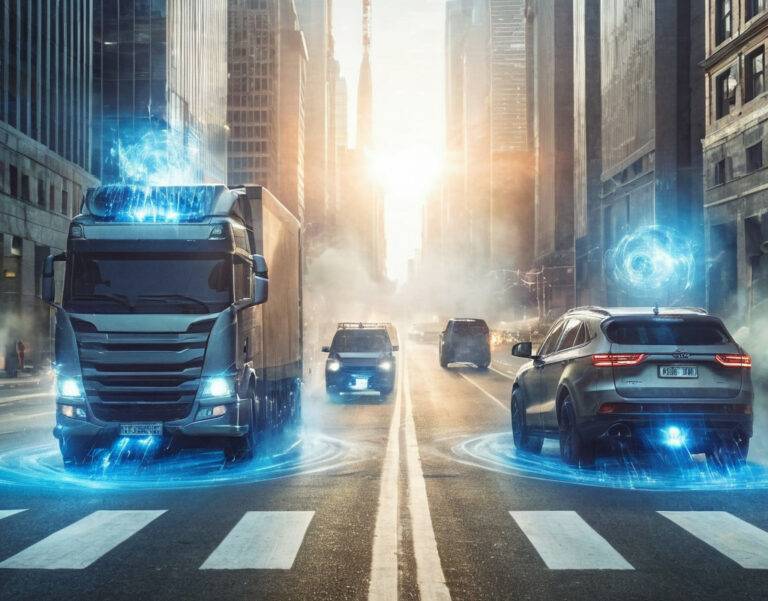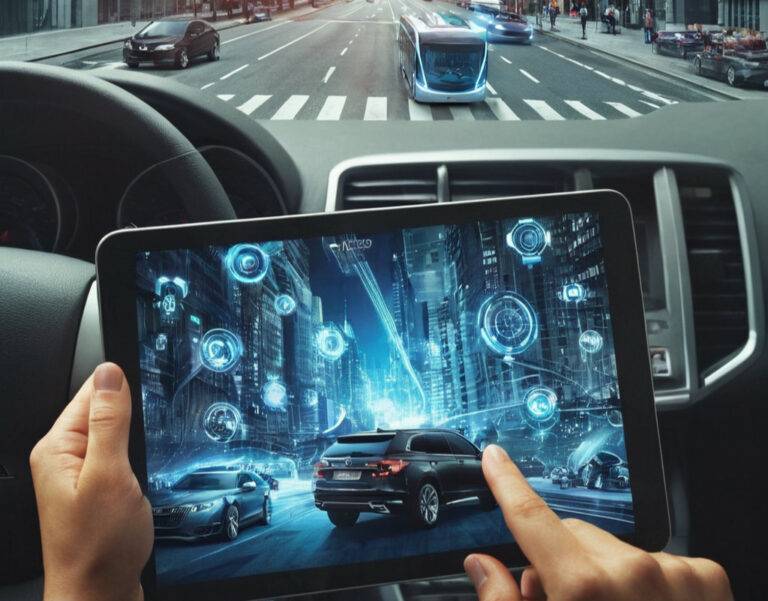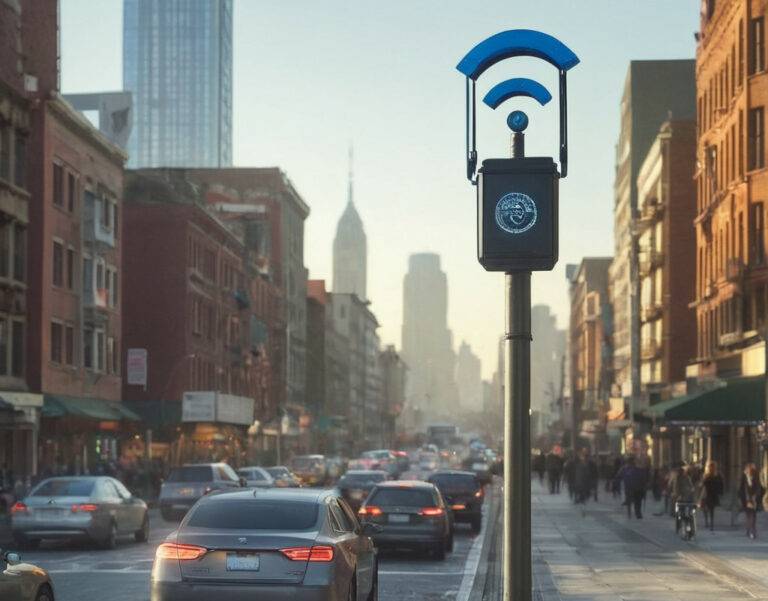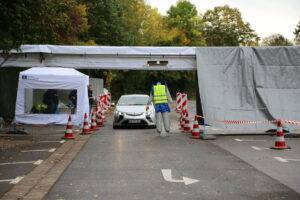ITS Testfield Merzig
Connected driving in Saarland For more safety and efficiency
Overview
ITS Testfield Merzig
ITS Testfield Saarbrücken
Activities
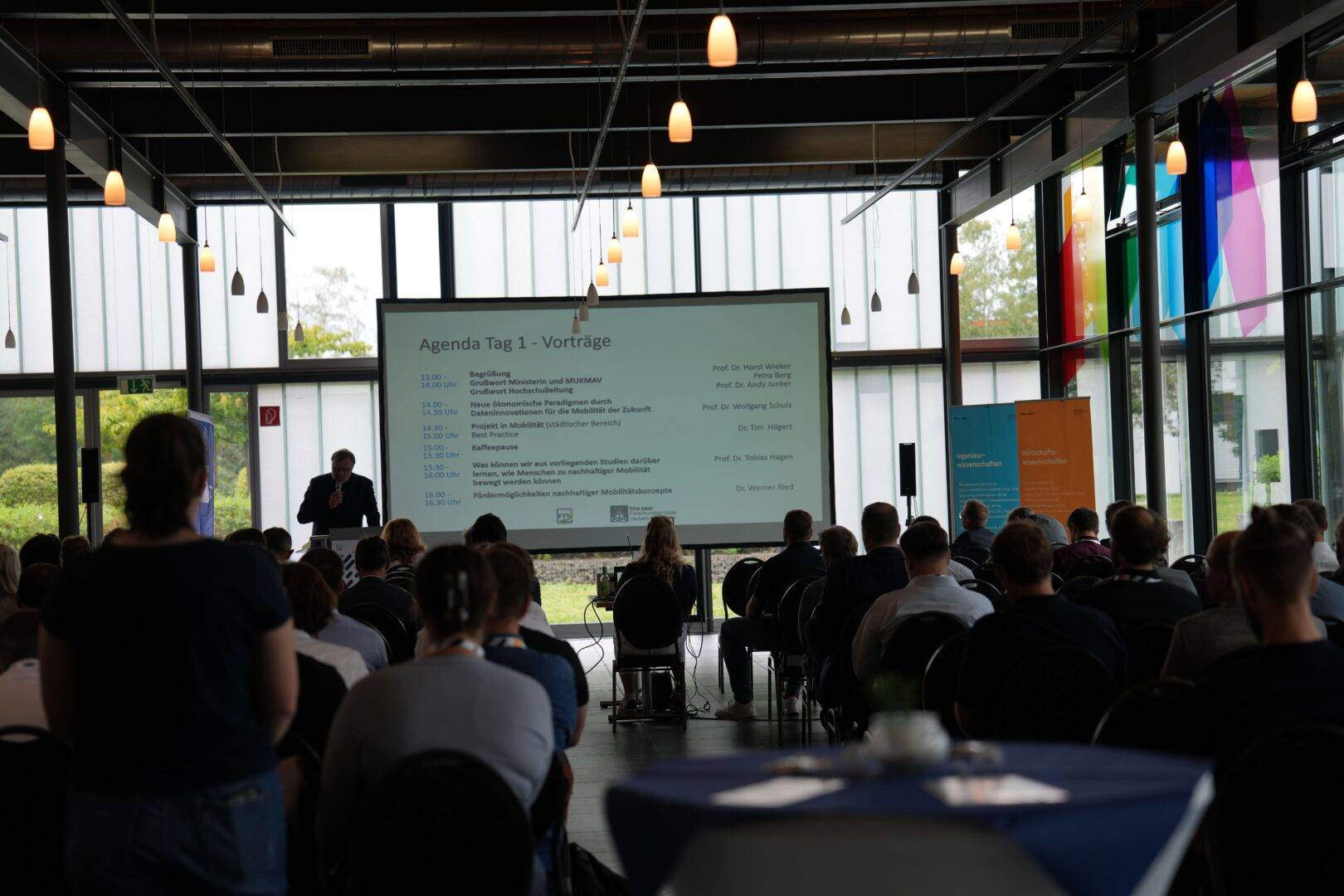
On 13 and 14 September, the FGVT and the FTS - Future Transportation Society - Competence Centre organized the first saarMobility Congress under the motto "Digitalization and climate neutrality in transport and logistics".
Two exciting days full of innovative ideas and presentations attracted around 80 participants.
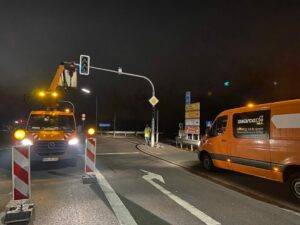
Three further crossroads were equipped with RSUs, cameras and communication units in the ITeM test field on February 21, 2023.
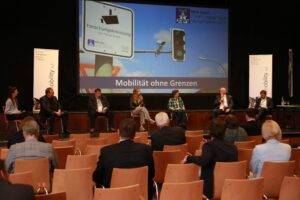
Day 1 - Expert presentations and panel discussion on transport infrastructure and autonomous driving, how less traffic and more mobility can be achieved.
Tag 2/3 - Demofahrten: Vernetzte Mobilität live erleben
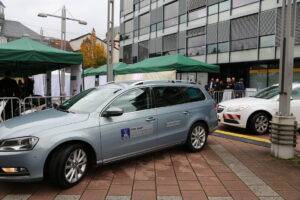
Opening of the Open test field day 2019 by Dr. Susanne Reichrath (Representative of the Minister President for Science, Universities and Technology in Saarland), Jürgen Barke (State Secretary for Economic Affairs, Labour, Energy and Transport), Prof. Dr.-Ing. Horst Wieker (FGVT), Markus Hoffeld (Mayor of Merzig)
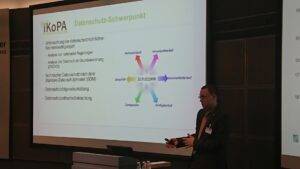
Integrated communication platform for automated electric vehicles.

Cooperative automated driving in the neurocognitive test field Saarland.
Goal: To determine the driver's willingness and ability to take over or hand over the driving task in semi-automated vehicles by recording traffic situations in the ITS test field Merzig and Saarbrücken.

Opening of the Open test field day 2017: from left to right Anke Rehlinger (then Saarland Minister of Transport), Prof. Dr.-Ing. Horst Wieker (FGVT), Markus Hoffeld (Mayor of Merzig)
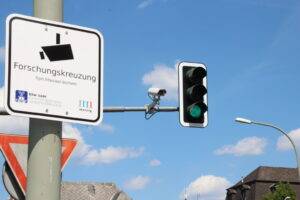
Linking intelligent driving functions with infrastructure-based data to improve electromobility in Merzig
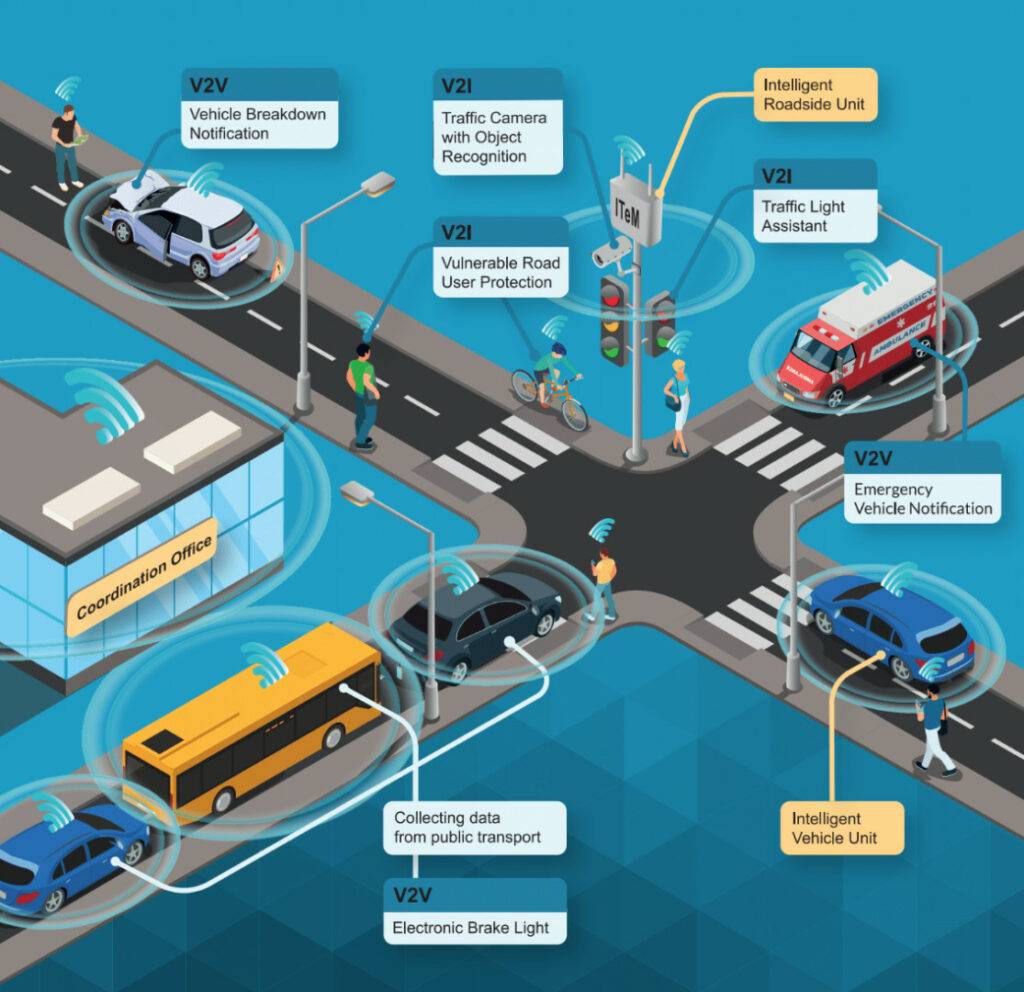
ITeM
ITS Test Field Merzig (ITeM for short) offers a platform for research, testing and development in the field of intelligent transportation systems (ITS).
The concept includes communication between vehicles and communication with the traffic infrastructure.
Due to its unique configuration in a medium-sized city, embedded in the Franco-German-Luxembourgish test field, it plays a pioneering role in the field of ITS system validation and contributes to increasing local traffic efficiency.
C-ITS / V2X Use Cases
If a connected vehicle is no longer able to participate in traffic due to a breakdown, it sends a warning message to the surrounding road users and infrastructure systems via a V2X message. A warning is only displayed in the receiving vehicle if the direction of travel is towards the broken-down vehicle.
If a connected emergency vehicle is driving with its blue lights on during an operation, all other connected vehicles in the vicinity are informed of its position and direction. This makes it possible to inform all vehicles in the direction of travel of the emergency vehicle that a rescue lane must be formed.
If an emergency braking maneuver is carried out with a networked vehicle, a corresponding warning message is sent via a V2X message. If this message is received by other networked vehicles in the vicinity, the relevance in terms of direction and distance is first determined. If these conditions are in accordance with the specifications, a warning message before emergency braking is is displayed in the vehicles.
The aim is to record the various phases of traffic light systems, process this information and send it to vehicles accordingly. One possible use case is GLOSA (Green Light Optimal Speed Advisory).
A warning system for non-motorized road users aims to detect risk situations. These situations are recognized by infrastructure systems and sent to connected vehicles via V2X messages. The aim is to warn connected vehicles in a targeted manner in order to protect non-connected participants as well. For example, turning protection for left turns at junctions.
If a connected vehicle drives against a one-way street at a junction equipped with a Roadside Unit, the Roadside Unit detects this incorrect behavior and immediately informs the vehicle of the situation via a V2X message. Furthermore, all connected vehicles within range are warned of the wrong-way vehicle via V2X communication. The decision as to whether the warning message is relevant for the vehicle is checked individually in the vehicle itself and warned or rejected accordingly.
Connected vehicles are able to receive current speed limits via V2X messages from roadside units. This means that vehicles can be warned accordingly in the event of speeding. This also brings with it functionalities such as dynamic speed adjustments at, for example, school closures or roadworks. This function is very important for the upcoming autonomous driving, as it makes it easier for these vehicles to adapt to changing traffic situations.
If a connected vehicle is no longer able to participate in traffic due to a breakdown, it sends a warning message to the surrounding road users and infrastructure systems via a V2X message. A warning is only displayed in the receiving vehicle if the direction of travel is towards the broken-down vehicle.
If a connected emergency vehicle is driving with its blue lights on during an operation, all other connected vehicles in the vicinity are informed of its position and direction. This makes it possible to inform all vehicles in the direction of travel of the emergency vehicle that a rescue lane must be formed.
If an emergency braking maneuver is carried out with a networked vehicle, a corresponding warning message is sent via a V2X message. If this message is received by other networked vehicles in the vicinity, the relevance in terms of direction and distance is first determined. If these conditions are in accordance with the specifications, a warning message before emergency braking is is displayed in the vehicles.
The aim is to record the various phases of traffic light systems, process this information and send it to vehicles accordingly. One possible use case is GLOSA (Green Light Optimal Speed Advisory).
A warning system for non-motorized road users aims to detect risk situations. These situations are recognized by infrastructure systems and sent to connected vehicles via V2X messages. The aim is to warn connected vehicles in a targeted manner in order to protect non-connected participants as well. For example, turning protection for left turns at junctions.
If a connected vehicle drives against a one-way street at a junction equipped with a Roadside Unit, the Roadside Unit detects this incorrect behavior and immediately informs the vehicle of the situation via a V2X message. Furthermore, all connected vehicles within range are warned of the wrong-way vehicle via V2X communication. The decision as to whether the warning message is relevant for the vehicle is checked individually in the vehicle itself and warned or rejected accordingly.
Connected vehicles are able to receive current speed limits via V2X messages from roadside units. This means that vehicles can be warned accordingly in the event of speeding. This also brings with it functionalities such as dynamic speed adjustments at, for example, school closures or roadworks. This function is very important for the upcoming autonomous driving, as it makes it easier for these vehicles to adapt to changing traffic situations.
Project partners and sponsors








